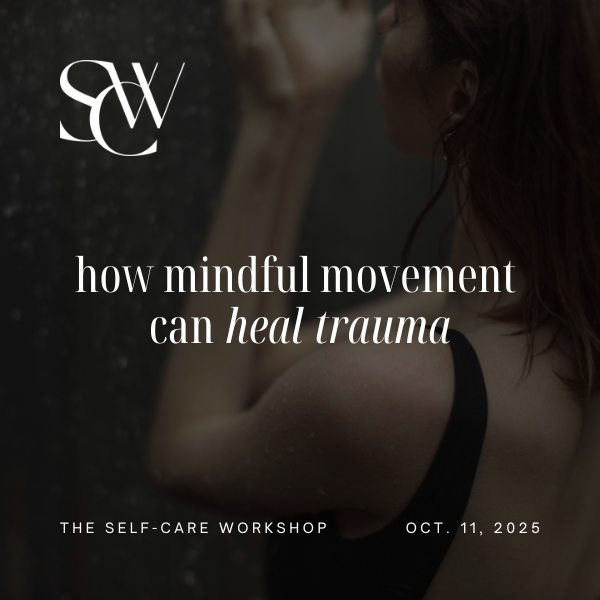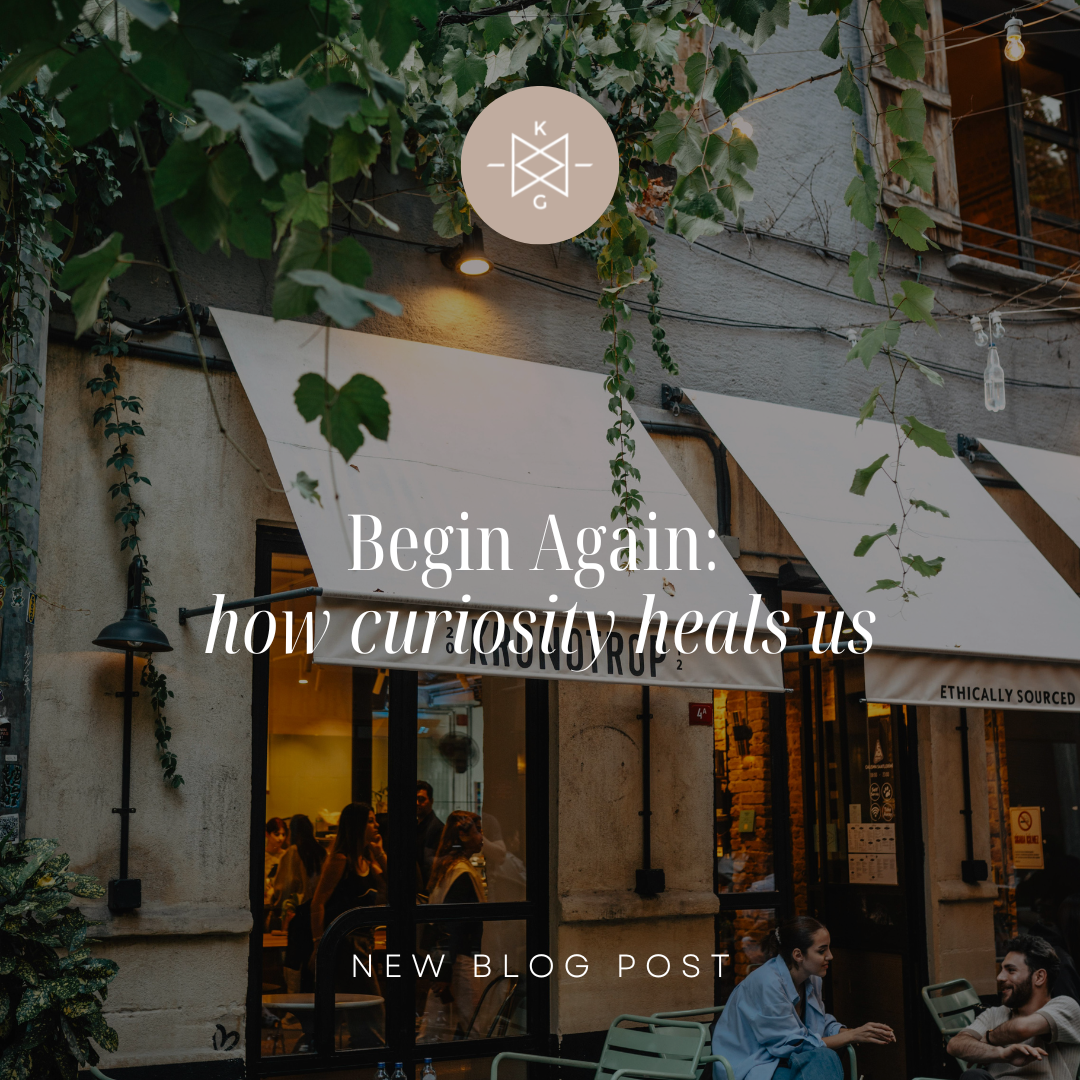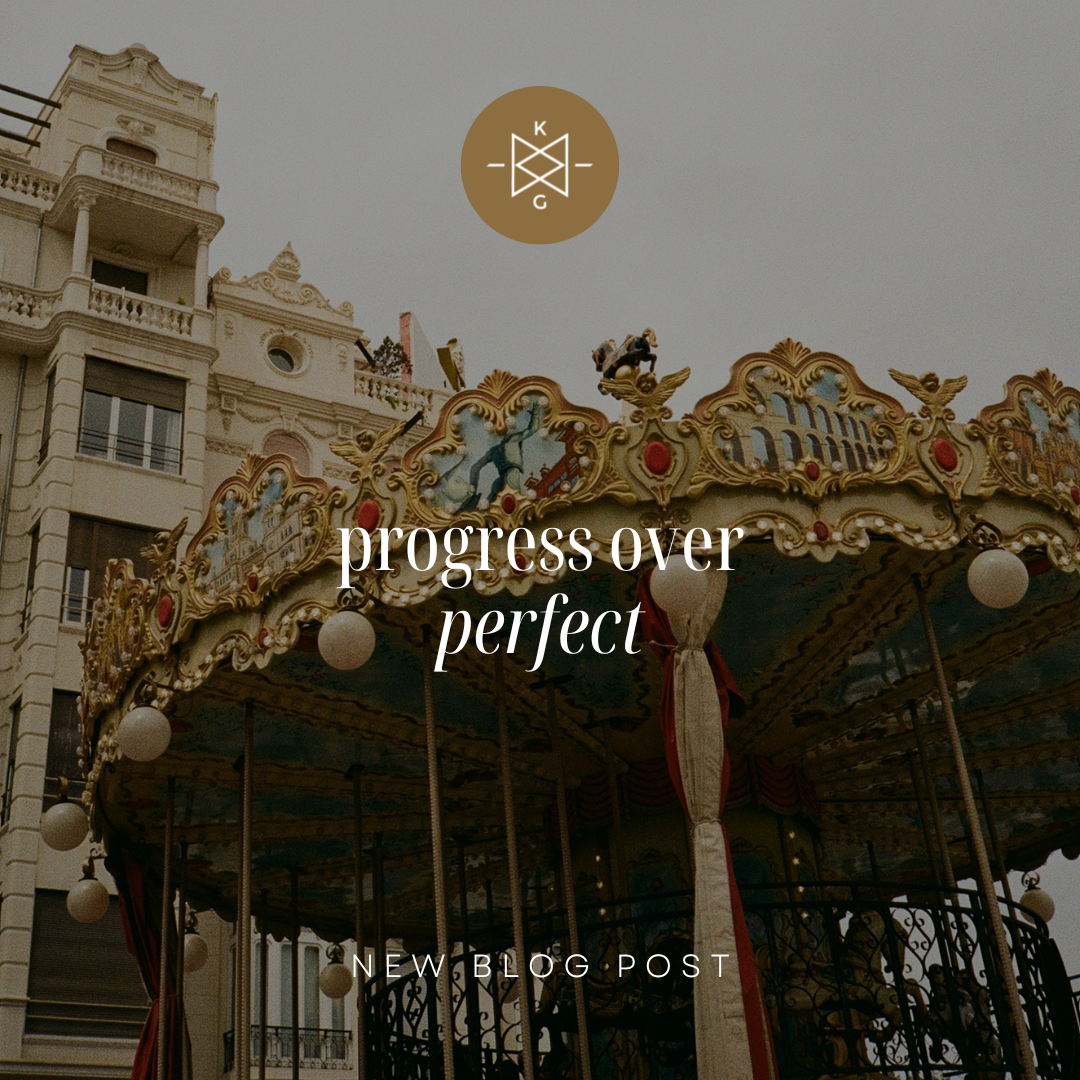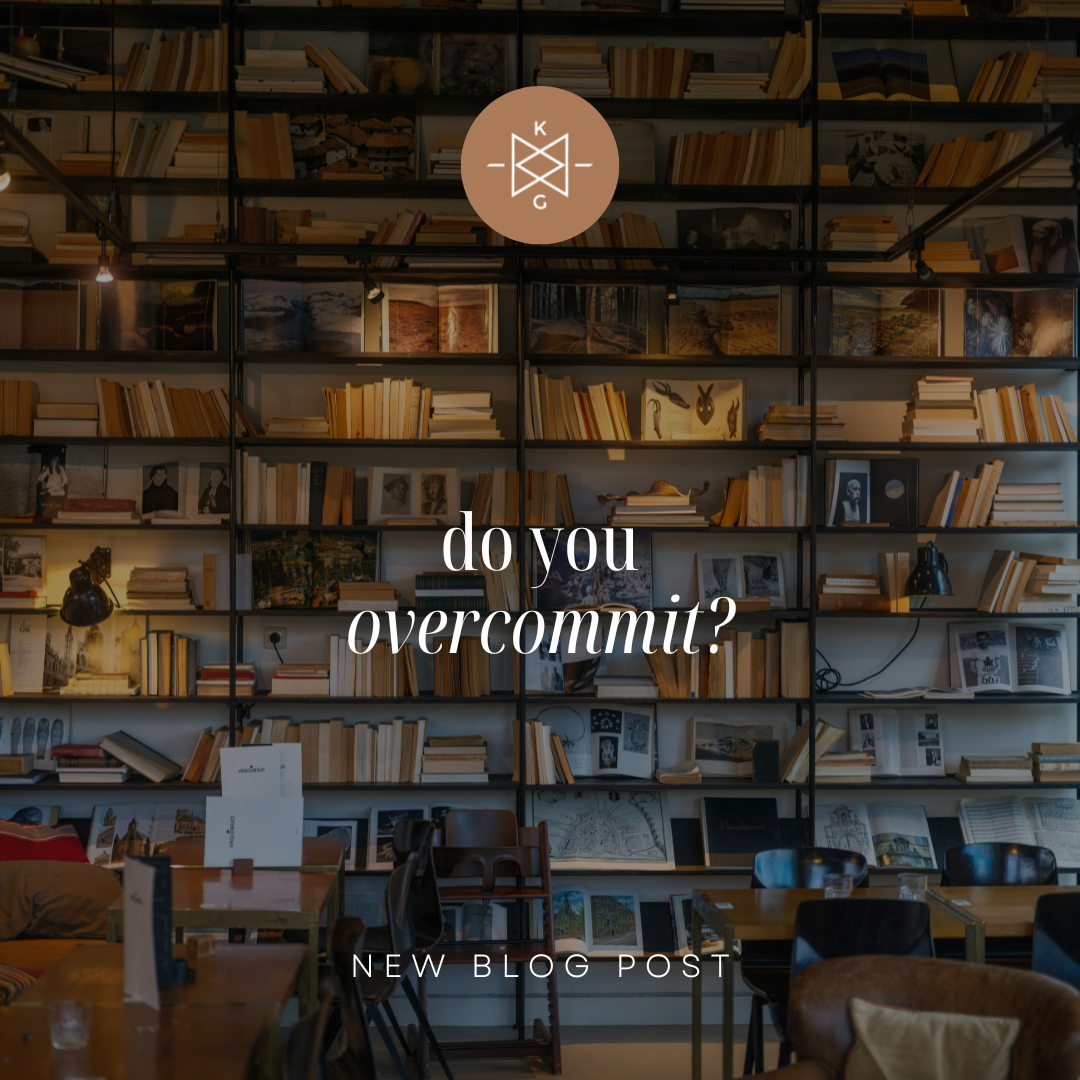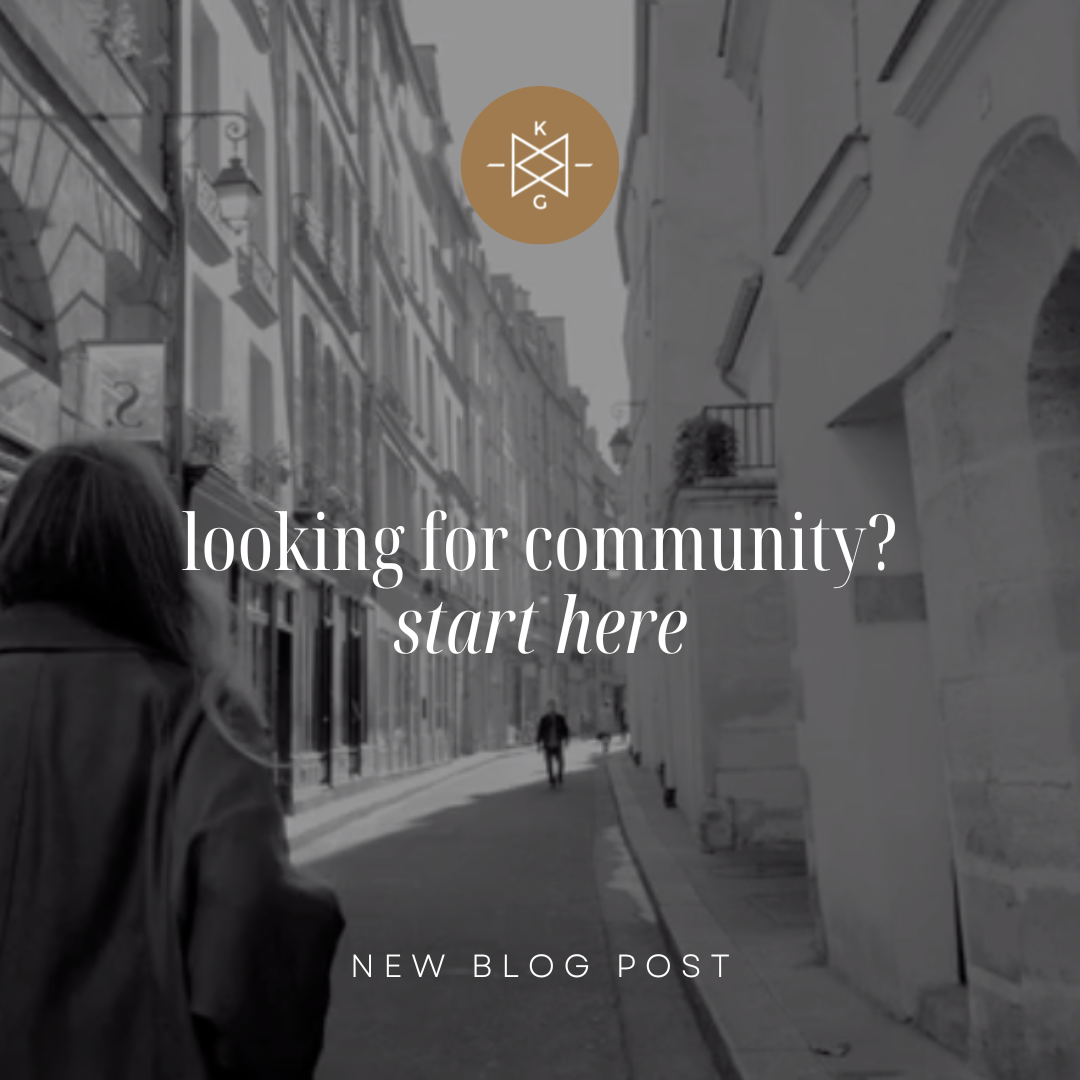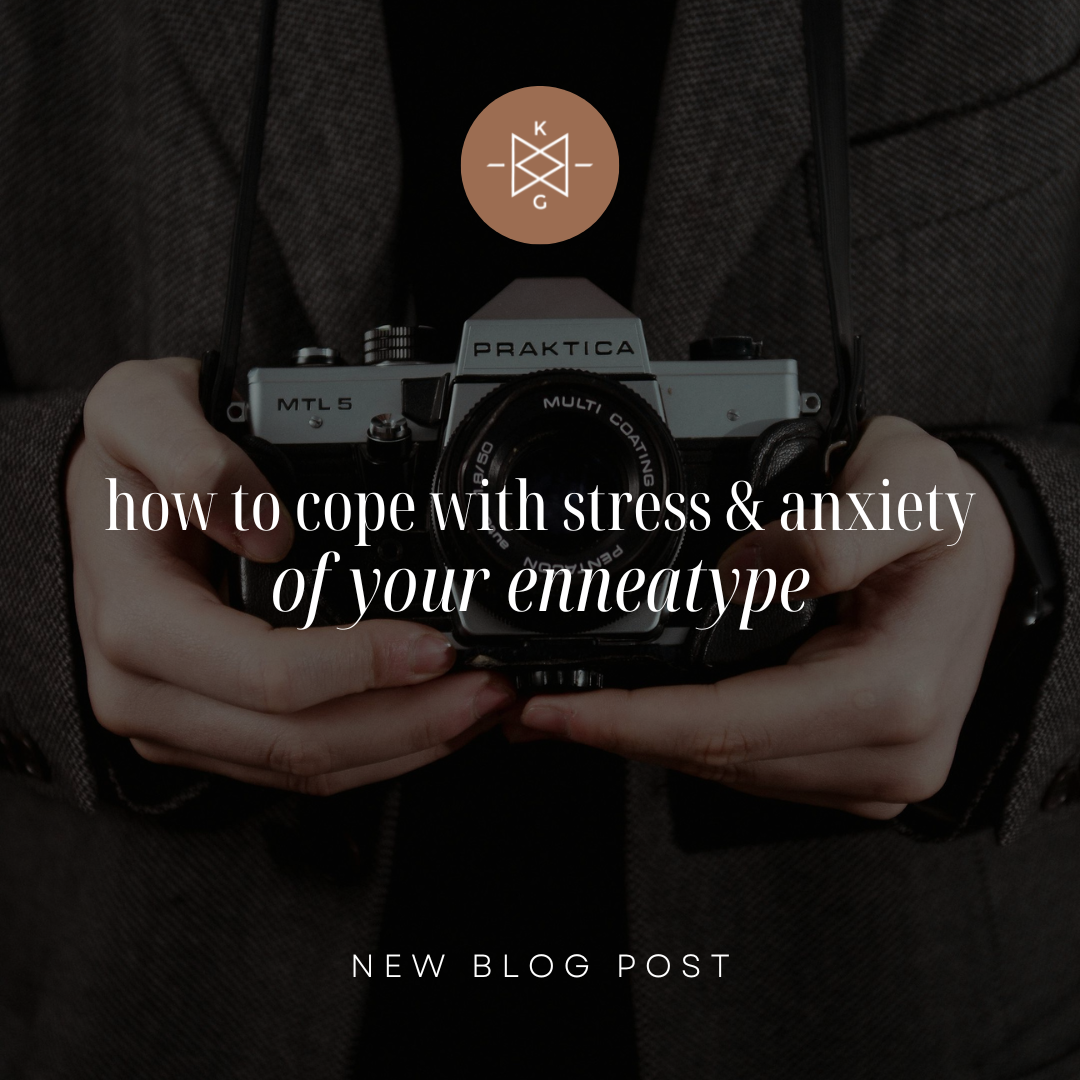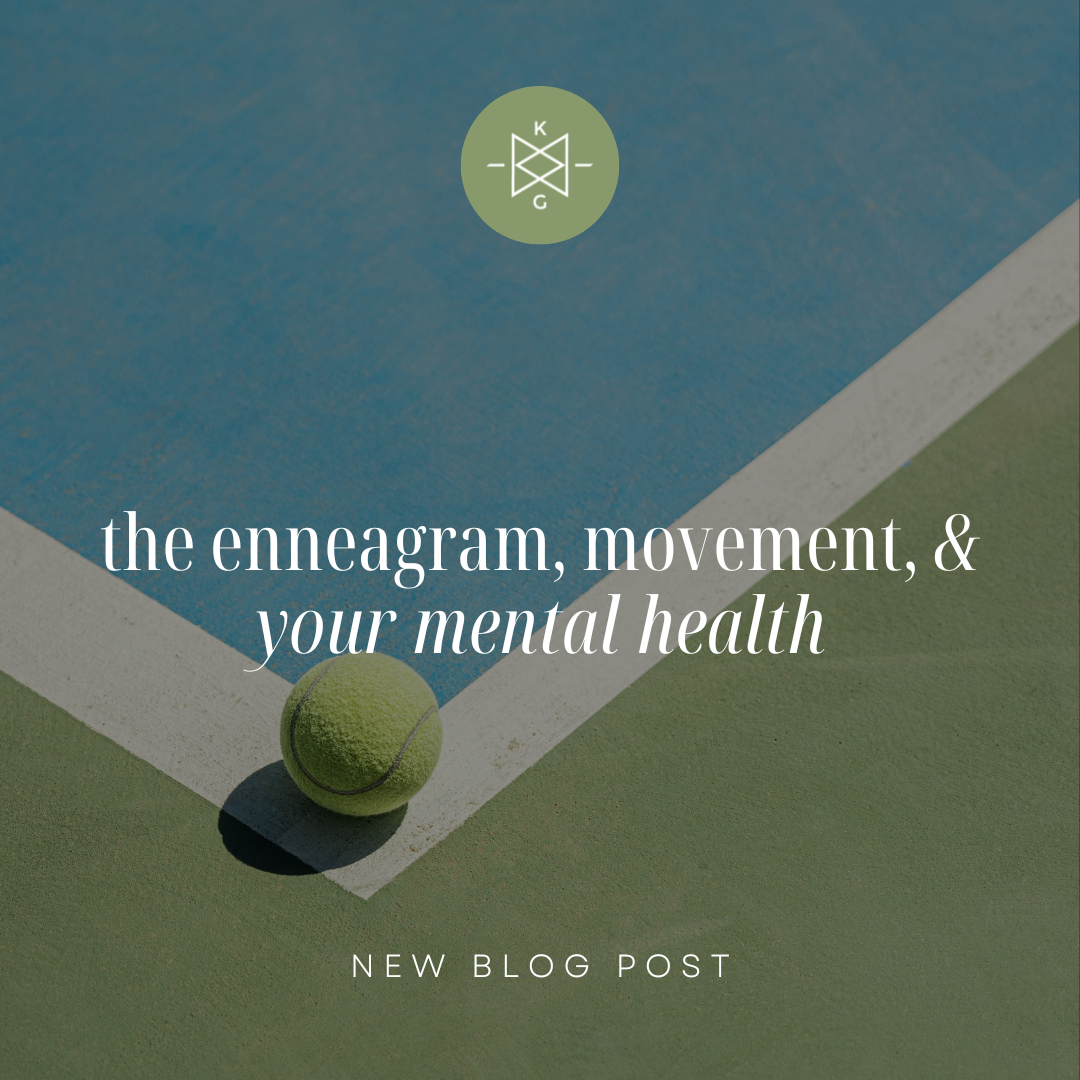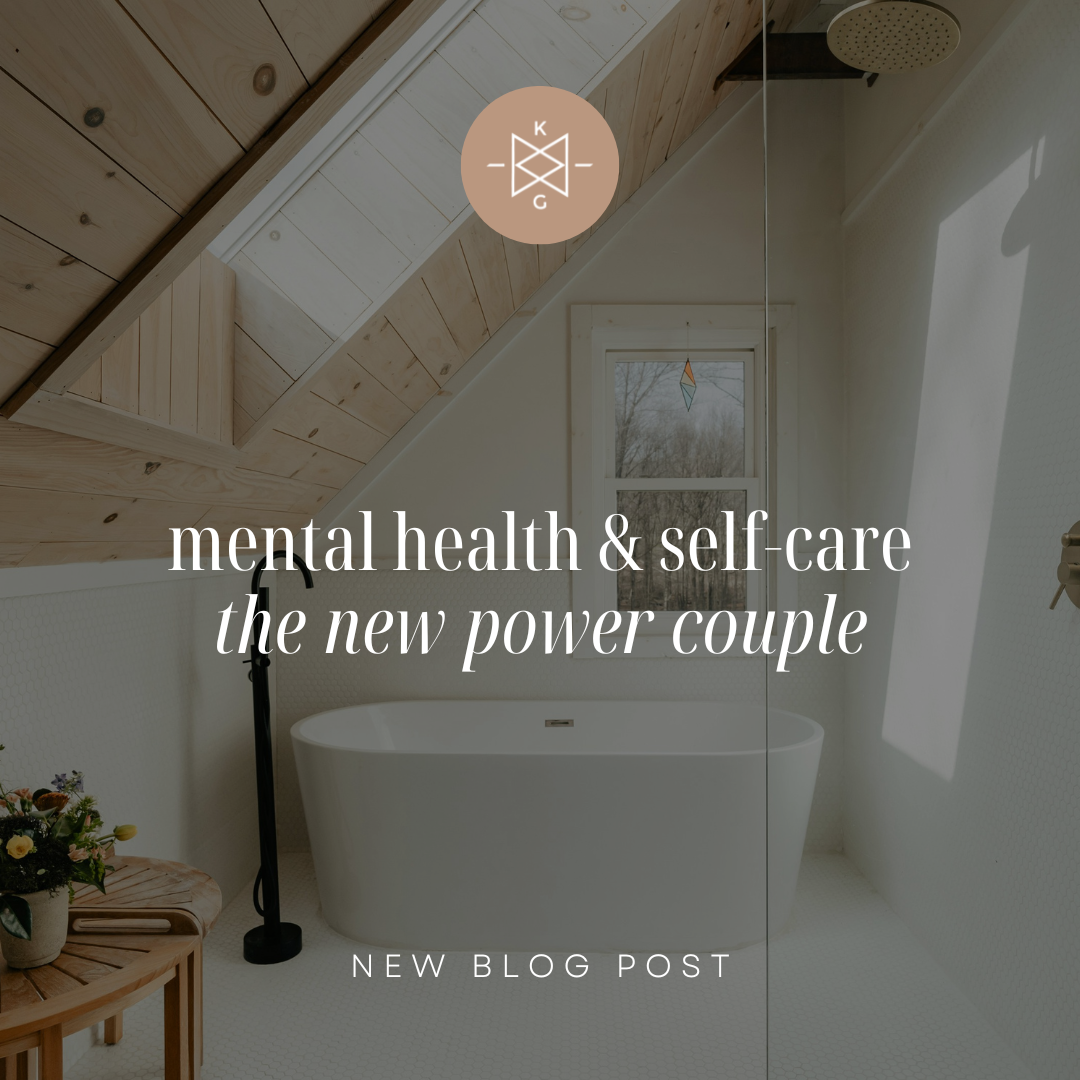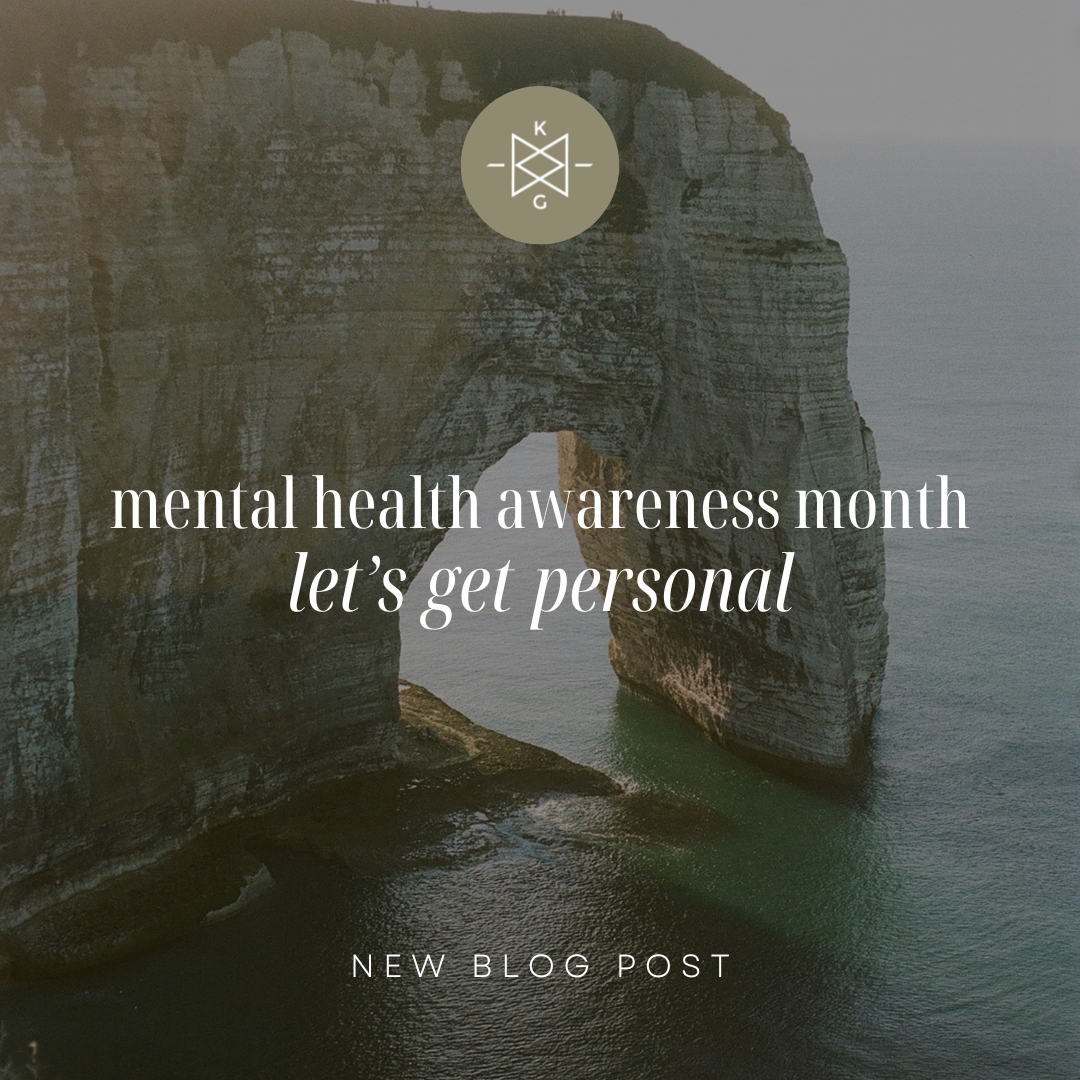
The Blog
Recently Featured
All Blogs
Transform your relationship with the Enneagram
“Our relationship to self is what determines the kind of relationships we will allow, engender, and cultivate with others. Understanding our self is what leads to understanding others. Intimacy with self, to a great degree, determines our capacity for true and lasting intimacy with another — psychological, emotional, physical and spiritual.”
-David Daniels, M.D.
Valentine’s Day is right around the corner, as is my Valentine’s Enneagram Dinner, this coming Saturday! (Bring your special someone if you’re free!) So, I thought I’d share with you some of my favorite ways the Enneagram has supported my marriage.
Thankfully, I’d known about the Enneagram long before I got married, however, as I’ve devoted myself to it as a student and practitioner, I’ve been able to really put it to good use within the context of my relationships.
My ever-patient husband, Daniel, was quickly introduced to the Enneagram on…let’s say…date two. I didn’t want to scare him away on number one. So out of the gate, I’m sure he was one part amused and two parts annoyed that someone was trying to figure him out to this degree.
Initially, I thought he was a Type One, the Perfectionist, due to his keen attention to detail, how highly people spoke of his character and integrity, his desire to constantly improve things around him, and….you guessed it… his heartfelt “suggestions” for my dishwasher loading non-skills. Apparently, there was a glaring right way to do it and I was not hip to it.
Ahhh, but then several months later, while reading Beatrice Chestnut’s 9 Styles of Enneagram Leadership aloud to him on an overcast Sunday afternoon, (I know…so romantic), he resonated strongly with the social Type Nine. Not totally convinced, I went along with it.
As a flaming Type Four, I was just tickled pink he humored my deep Enneagram enthusiasm. I felt seen and dare I say, understood? Gasp.
A few years later, (yes, sometimes it takes that long to figure it out folks), he tagged along with me to an Enneagram conference for therapists I was teaching in D.C. After a morning of total immersion, we were heading to celebratory lunch.
In his understated way, he dropped a bomb on me. “So, I’m pretty sure I’m a Five (the Observer), not a Nine.”
!?!?!?!?!?!?!?!?
After a stunning aha moment and some long and slow breaths, it started to make sense. “How could I have missed this?” I muttered. I had to sit with this new insight for weeks, but eventually it all checked out. While I don’t have time and space to unpack it all here (book coming soon!), suffice it to say, so many holes in the story of our relationship got filled in with understanding and compassion where there had been confusion and often hurt.
It helped me heal some Type Four insecurities I’d carried into the relationship that initially became worse due to his lack of verbal affirmation. I wanted a gusher. I got a strong, silent type. My head took up serious real estate in the clouds. He was ever grounded in practicality.
I never doubted his love for me, yet my perceived feeling of his withholding was actually him preserving time, energy and emotion in step with his Type Five tendency.
Type Fives live for knowledge and mastery. Now it made sense he knew all the things about all the things!!! Why he loved spending time (alone) reading instruction manuals—pouring over books about succulents, the Battle of Nashville, recording gear, obscure facts about the Beatles, and how to build the most energy efficient tiny house in the woods. His favorite show is How It’s Made for Pete’s sake!
Beyond all those character traits, what really struck me was the story of Type Five’s—his why—that explained so much.
So, here are three ways it really helped us:
The Enneagram revealed the obvious nature of how differently we saw the world. I’m a Four and Daniel is a Five. This hit home that our respective ways of seeing and moving through the world were not necessarily normal—but different. A slow meditation in humility if you ask me.
To draw on attachment styles in relationship, we learned we both had avoidant styles of conflict as Fours, Fives, and Nines are all withdrawing types. So, when the stresses of marriage mounted, we withdrew instead of assertively addressing the issue at hand. This could become a pressure cooker for resentment if we weren’t aware of what was happening.
Part of “doing the work” of marriage requires committing to the study of your partner’s Enneagram type in order to fully understand how and why they think, feel, and act in the world, as well as how they show up in relationships. I am now extra super well-versed in all things Type Five. :)
BONUS: Don’t forget…It’s crucial to understand the suffering of each other’s type. This identifies the early wounds the defensive structure of our personalities were built around in order to survive. It also provides information around what triggers stress and insecurity in each other.
If you’re interested in using the Enneagram as a tool in therapy with your spouse or partner, I’d love to support you. It’s not a magic pill, but it is a game-changing blueprint with which to build a loving relationship.
How to Copy with Stress & Anxiety of your Enneagram type
“Almost everything will work again if you unplug it for a few minutes, including you.”
― Anne Lamott
Anxiety and stress are universal experiences, but how we deal with them can vary greatly depending on our Enneagram type. The Enneagram, a powerful tool for understanding personality, identifies nine distinct types, each with its unique coping mechanisms, opportunities, and challenges. I’m a firm believer that everything in life is relational. We can’t avoid stress, in fact, some stress is actually necessary. It’s how we relate to stress in our day-to-day experience that really matters. Let’s take a look at how each Enneagram type can manage anxiety and stress effectively.
Type 1’s, the Improvers, feel stress around things not being as they should be. Their impossibly high standards can keep them in the grind of perfectionism and self-criticism.
Here’s how to cope: The practice of self-compassion is a game changer for Ones. By treating yourself—speaking to yourself—with the same kindness you would a loved one, you are able to soften that harsh inner dialog and accept what is, imperfections and all.
Type 2’s, the Helpers, feel stress around the possibility of being unwanted or unworthy of love. This creates an insatiable need to be pleasing and needed by others. This is also exhausting.
Here’s how to cope: In order to prevent burnout, it’s absolutely necessary for Twos to learn how to set healthy boundaries with others, seeing their own needs and desires as equally important as those they seek love and acceptance from. Practicing self-care in order to nourish you emotionally and physically is a must!
Type 3’s, the Achievers, feel stress around the possibility of failure, and ultimately being worthless. They’ve learned to garner praise and admiration from others based on their performance which leaves little room for being human.
Here’s how to cope: SLOW DOWN, dear Threes. Schedule regular breaks from work and disconnect and recharge. This invites you into greater alignment with your true self. Find internal validation as you connect to authenticity and integrity.
Type 4’s, the Romantic’s, feel stress around being misunderstood and lacking personal significance. As a result, they are constantly in a state of longing and possible melancholy, which can be really lonely.
How to cope: By connecting to creativity and artistic expression, you can siphon this emotional energy into creating something beautiful and meaningful. Also, keep a gratitude journal handy. It’s a powerful stress reliever to name the things you DO have in life.
Type 5’s, the Investigators, feel stress around incompetency and helplessness. They are experts at self-sufficiency and strive for mastery. If they aren’t careful though, they create lives of isolation and cynicism, shutting out the vibrant life and fullness surrounding them.
How to cope: You can have your solitude, but balance it with social interactions. By opening up to relationships with others, you are able to share your many interests and pursuits and let people in.
Type 6’s, the Loyalists, feel anxiety and stress around being without support or guidance. This creates a dependency on others (people and situations) and a distrust towards themselves, ultimately resulting in a scarcity mindset.
How to cope: Balance out worst-case scenarios by going to the best-case scenarios. Sure, we all need a strong support system of friends and family, however, by loosening the grip of negativity and stepping into curiosity, you can calm that anxious mind and strengthen your relationship with you.
Type 7’s, the Enthusiasts, feel anxiety around being stuck in pain and deprived. The OG FOMO type, these social butterflies never want to miss out, so they overdue it—in every way.
How to cope: Practice grounding exercises such as mindful movement and breathing to bring your energy down into your body. This type of mindfulness is a game changer for all of us, but especially you type 7’s! And of course, schedule out some fun!
Type 8’s, the Challengers, feel stress around being harmed or controlled by others, so they spend their energy on being the strong one, avoiding any whiff of weakness. This hyperdrive can really crash and burn.
How to cope: Allow trusted people to see your vulnerable, softer side. I know you’d rather eat glass, but it will bring balance and release to those tired contracted patterns. Find and hang out with a picture of you when you were five or six. Ask that little one what she needs.
Type 9’s, the Peacemakers, feel stress and anxiety around loss or separation from others. They don’t rock the boat. In fact, they are trying to avoid waves at all costs. However, this causes a total disconnection with their true self as their energy is constantly merging with others around them.
How to cope: Prioritize your needs and desires and practice asserting your opinions here and there. We desperately want to hear what YOU have to say. Knowing your presence matters is everything.
This is a LOT. I get it. If you need a guide, I’ve got you. Join me in the Practice, my enneagram-based self-care membership program. It is one less thing for you to stress about…
The Enneagram, movement, and your mental health
“The greatest sources of our suffering are the lies we tell ourselves.”
― Bessel A. van der Kolk, The Body Keeps the Score: Brain, Mind, and Body in the Healing of Trauma\
What do the Enneagram, movement, and your mental health all have in common? (Besides three things I geek out on… ;)
They are all invitations and processes for growth—for truth.
The Enneagram invites us into greater self-understanding and compassion. Physical exercise and movement invite us into a powerful connection with our bodies in the present moment. Mental health invites us into greater emotional wholeness and wellbeing.
Essentially, the Enneagram, movement, and your mental health are invitations home to the truth of who you are.
They are also the building blocks of a fail-proof formula: The enneagram + movement (practice) = excellent mental health.
About a year into creating content for the Practice, my Enneagram-based self-care membership program, I added something very special to the mix: YOGA. As movement is such an important part of mental health and self-care, and a huge part of my healing journey, I knew we were missing out on the huge benefit if we didn’t offer it in the mix. Make no mistake, I am no yogi. I am not even a trained yoga instructor, however, I have reaped the benefits of practicing it over the years and love the connection between it and the Enneagram.
Let’s go deeper.
The Enneagram is a psycho-spiritual tool meant to be put into practice. The work of the Enneagram begins with figuring out your type, or how you present to the world, where your attention goes, especially when life quiets down around you, as well as what triggers you, motivates you, and scares you. It reveals negative patterns that keep you stuck as well as deep wounds ingrained early on. I could go on…
Yoga presents us with prime training ground to explore nuances of our Enneagram type in greater detail—all the ways we are out of balance in heart, mind, and body.
“It’s an incredible companion [to yoga] that covers territory yoga doesn’t address,” says Michael Cohen, founder of the Kirtan Leader Institute and a certified Enneagram practitioner. “Yoga talks in broad terms about how to transcend our limitations; the Enneagram gives incredible detail about what that means.”
Each Enneagram type has a corresponding somatic profile, or way of showing up in the body. This often includes a certain build up of energy or contraction in some specific place in the body. For example, 5s, 6s, and 7s are head types and experience a build up of energy from the neck up. Yoga poses that are grounding and shift the focus of attention and weight to the legs and feet are incredibly powerful for them.
You can also use the Enneagram to highlight the challenges and opportunities of each type and bring even more transformation by physically moving into poses that represent them. Basically, the sky’s the limit, friend.
Practice is so crucial because it truly transforms. When you tell me something in order to teach me, one third of my brain responds, when you show me, two-thirds, but you invite me to experience something, and my whole brain comes online and engages. That’s persuasive math!
If you’re in the market for greater Enneagram understanding and coaching, all kinds of yoga, and a way to stay on top of your mental health, join me in the Practice, a community focused on using the Enneagram for personal and relational transformation, mind, heart, and body.
I can’t wait to journey with you…
Mental Health and Self-Care: the new power couple
“The most common form of despair is not being who you are.”
- Soren Kierkegaard
One of the first questions I like to ask clients I work with takes some by surprise. It helps me steer our entire therapeutic journey. It’s simple…and very complex.
Tell me about your relationship with you?
Typically, after a long stare back at me like I have eight heads, they respond: “Um…good question. I don’t think about it much.”
Exactly. How we relate to ourselves doesn’t exactly stay top of mind. Others, more likely.
Yet how we relate to ourselves—how we treat, take care of, and talk to ourselves directly impacts everything else in life. Everything. Including our mental health.
Why? Because we can’t live and give out of an empty vessel.
Four years ago, myself and two dear friends founded and hosted the Self-Care Workshop. It was powerful because we realized how desperate our souls, especially as women, are for deep, true self-care.
I’m not talking mani-pedis and facials and wine nights with the girls. Those are all fabulous and can be nurturing, but let’s call a spade a spade. Those are forms of pampering…and pampering is a good thing! Yet we’ve sold self-care short if we deem it expensive beauty treatments and indulgences. We approach it as a luxury—the stuff that ensues out of an abundance of time, energy, and resources.
And yet I firmly believe the less of those three resources we have, the more important it is to fight for self-care. Our mental health depends on it.
Actually, I’d like to rebrand self-care as self-compassion because I feel self-compassion looks more like true, life-giving self-care than spa treatments do.
So what is self-compassion?
Self-compassion is the practice of befriending ourselves. It’s learning to think of, talk to, and treat ourselves with kindness and compassion like we would do a friend we deeply care about.
Yet self-compassion also takes notice of some important things.
It recognizes our hurt and suffering.
It moves towards this pain with a kind and open heart instead of trying to fix it, shame it, or numb it.
It is built on the foundation that the human condition is fragile and this frailty is the connective tissue that binds us all together.
Guess what? Whereas “self-care” in a traditional, indulgent context has been tough for most of us, self-compassion is available and necessary at every turn. (Oh, and free!)
My own mental health journey has been wrought with peaks and (more) valleys. However, by the literal grace of God, I’ve always fought to protect my self-care, namely writing, movement, and meditation practices.
As I’ve learned to befriend myself along the way, I’ve stayed tethered to truth and tenderness. I’ve also had some rockstar therapists who have made all the difference.
Learning to extend compassion to yourself and truly nurture your whole wellbeing takes exercise. But, if you are ready to connect to true self-care and compassion, I hope you’ll join me in the Practice, my enneagram-based self-care membership program. It’s a privilege and joy to support you in your story!
It's Mental Health Awareness Month...Let's Get Personal
“Look for the Helpers.”
- Mr. Rogers
May is Mental Health Awareness Month. It’s a time of renewed purpose and remembrance of why I do what I do as a therapist and mental health advocate. I have spent my fair share of times hopeless, folded over in defeat and loneliness. I know exactly what it feels like to want to end it all. By God’s grace, I’m still here. And whereas I feel like I’ve lived lifetimes since my darkest night, I still see that fragile desperate girl so clearly. I’ve come to love her and hold her—the space between us is liminal.
When you and I have the luxury of perspective, our vision is more defined and in alignment with the truth of who we are. It’s kind of like being 30,000 feet up, looking down below to a distant terrain with toy like homes, buildings, lakes and other signs of life. We can see life for what it is as opposed to feeling stuck in the weeds of it—enmeshed with the sticky mess of our thoughts, feelings, and projections of what is happening around us.
Everyday we have the opportunity to choose alignment with our higher selves—our divine essence. Interestingly, small children are incredibly in touch with their divinity. As we “grow up,” we lose touch with this inherent goodness and beauty. Some days we are able to access this virtue, aligning with the truth of who God made us. Other days this remembrance feels impossible.
The days and months when it feels difficult to connect to the greater story of our truth are the days we often fall victim to tidal wave-like depression, anxiety, and other all-consuming emotions. These days seem to defy our ability to make sense of the world. I’m no stranger to these days that often turn into seasons.
We know in our head what is true, but the belief in our heart is weak.
In these seasons, the work is simply this: to learn to hold ourselves with care and compassion, minute to minute, day by day. This, and to reach out to a safe person who knows how to listen—not prescribe.
This is the passage of self-compassion through the dark night of the soul. Though it feels never-ending, it is not final—no feeling is.
As a therapist and client very familiar with these complex and despairing seasons, I can confidently stand in the gap as you or someone you love navigates these waters. If the last four years has given us a gift, it is the normalization of seeking help for mental health and emotional distress. It may be time to receive this gift, reaching out for extra support as you sit in space of chaos and fear.
This post is for anyone who feels like putting one foot in front of the other is next to impossible. Take heart, dear one, this too shall pass. As Mr. Rogers said, these are the times to “Look for the helpers.”
Please reach out if you need help connecting to extra support right now, and I encourage you to share this email with anyone you think needs it.
